1. Historical origin: The Ha Nhi people have a long migration process, through different routes and to many countries, including Vietnam. The Ha Nhi people migrated to Vietnam about 300 years ago.
Ha Nhi ethnic groups: Based on their residential area, they can be divided into 3 groups: Ha Nhi Co Cho (Ha Nhi living in the lowlands), Ha Nhi La Mi (living in the highlands) and Ha Nhi Den (Ha Nhi Lo Me). Based on their costumes, language and residential characteristics, they are divided into two groups: Ha Nhi Den and Ha Nhi Hoa (including Ha Nhi Co Cho and Ha Nhi La Mi).
About ethnic name: Ha Nhi people call themselves Ha Nhi Gia.
2. Population: According to the results of the survey collecting information on the socio-economic status of 54 ethnic minorities in 2019 by the Vietnam Ethnic Committee - General Statistics Office, the Ha Nhi population as of April 1, 2019 was 25,539 people, of which 12,895 were men and 12,644 were women.
3. Language: Belongs to the Tibeto-Burman language family (Sino-Tibetan language family), closer to Burmese.
 |
4. Geographical distribution: The Hoa Ha Nhi people mainly reside in the districts of Dien Bien and Lai Chau provinces; the Black Ha Nhi people mainly reside in the communes of Bat Xat district, Lao Cai province, a part resides in Dien Bien and Lai Chau provinces.
5. Main features:
- Housing: Most residents live in earthen houses, with solid walls, up to 30-40cm thick, suitable for the cold climate of the highlands. The walls are 3-4m high, the roof is steep and short, the house has no porch, only one entrance. Inside the house there is another layer of wall for defense, against cold, against dew and fog from entering the house, called the inner porch. This is also the place for the homeowner to drink water and receive guests. The houses of the Ha Nhi people in Bat Xat district, Lao Cai province are often arranged as follows: the two gable rooms are divided into two rooms for the head of the family and his wife and children or the son and his wife. About 1/3 of the width of the two middle rooms is the land, the rest is built into the floor. On the land there is a stove for cooking and a cupboard. The floor is where the ancestral altar is placed, the bedrooms of children who have not yet started a family and guests. The stove is placed above the floor.
 |
| Ha Nhi youth patrolling with border guards. (Photo: TRAN THANH DAT) |
- Family structure: Patriarchal.
- Traditional costume: Men's shirts are made of self-woven fabric, dyed indigo or black. Pants have lame legs, large waistband, hem with border, length suitable for the height of the wearer. Women in the two Ha Nhi groups dress differently. Black Ha Nhi women mainly wear indigo shirts and head scarves, no decoration, embroidery, short shirt to the knee, large hem and slightly protruding in the middle, buttoned on the right armpit and decorated only with coins and silver buttons. Only married women wear scarves. The shirts of Flower Ha Nhi women are sewn in two layers, ankle-length, the sleeves are decorated with patterns and the head is covered with colorful scarves.
- Cuisine: The daily meals of the Ha Nhi people usually consist of only one stir-fried or stewed dish and one boiled vegetable soup. In particular, the boiled dishes of the Ha Nhi people never add salt or spices. The Ha Nhi people also have colored sticky rice and some types of cakes made from sticky rice.
Regarding drinks, the Ha Nhi people prefer to drink the juice of some plants that have a sweet taste, have blood-enriching and diuretic effects, along with tea or wine.
- Festivals: The Ha Nhi people celebrate the New Year in the beginning of the 10th lunar month. During the year, there is also the New Rice Festival, the 5th day of the 5th lunar month, and the 15th day of the 7th lunar month.
 |
- Beliefs: The Ha Nhi people always believe in "all things have animism" - everything has a soul and is always represented by a deity. Therefore, on certain days of the year, the Ha Nhi people often organize traditional worship rituals to pray for the deities to protect and bless people with peace, health, and bountiful crops.
“Ga tu tu” is the first ritual to worship the gods at the beginning of each new year. This is the ritual of stretching ropes to block the road, forbidding strangers from entering, preventing evil spirits from harming the villagers, usually held on the first Tiger day of the first lunar month.
Water god worship ceremony : worship at the sacred water source “Lu khu su” so that the water source will never stop flowing. In the afternoon, right after the water god worship ceremony, the Ha Nhi people will perform the “Ga ma gio” worship ceremony, one of the biggest and most important rituals for them.
Every March, the Ha Nhi people hold a ceremony to worship the forest god "Mu thu gio", praying for good crops, prosperous livestock, and a large population in the village.
“Kho gia gia” season worshiping festival: one of the biggest and most unique ceremonies of the year of the Ha Nhi people, to pray to the gods to protect the crops, give favorable weather for plants to grow, and have a bountiful harvest.
In addition, every year, the Ha Nhi people also worship the god Tho Ty and the sacred tree, protecting the peaceful life of the people.
 |
- Economic conditions: Terraced fields and slash-and-burn farming, animal husbandry, exploitation of natural resources, some handicrafts such as weaving, cotton growing, weaving...
According to the "Basic characteristics of 54 ethnic minorities in 2019" of the Ethnic Committee and the General Statistics Office, the poverty rate: 44.8%; the near-poor household rate: 14.9%; the unemployment rate: 3.03%; the rate of trained workers with degrees and certificates: 11.3%; the rate of workers working in the non-agricultural sector: 12.7%; the rate of workers working in management or high and medium-level technical and vocational training: 4.6%.
- Educational conditions: According to "Basic characteristics of 54 ethnic minorities in 2019" conducted by the Ethnic Committee and the General Statistics Office, the rate of people aged 15 and over who can read and write: 60.7%; The rate of people attending primary school: 101.2%; The rate of people attending lower secondary school: 91.7%; The rate of people attending upper secondary school: 58.8%; The rate of out-of-school children: 14.7%.
Source:
- Ethnic groups in Vietnam (National Political Publishing House Truth)
- Basic characteristics of 54 ethnic minorities in 2019 (Committee on Ethnic Minorities and General Statistics Office)
- Website of the Ethnic Committee
- Survey results collect information on the socio-economic status of 54 ethnic groups in Vietnam)
● Français: L'ethnie Ha Nhi
● English: Ha Nhi ethnic group
Source: https://nhandan.vn/dan-toc-ha-nhi-post723936.html


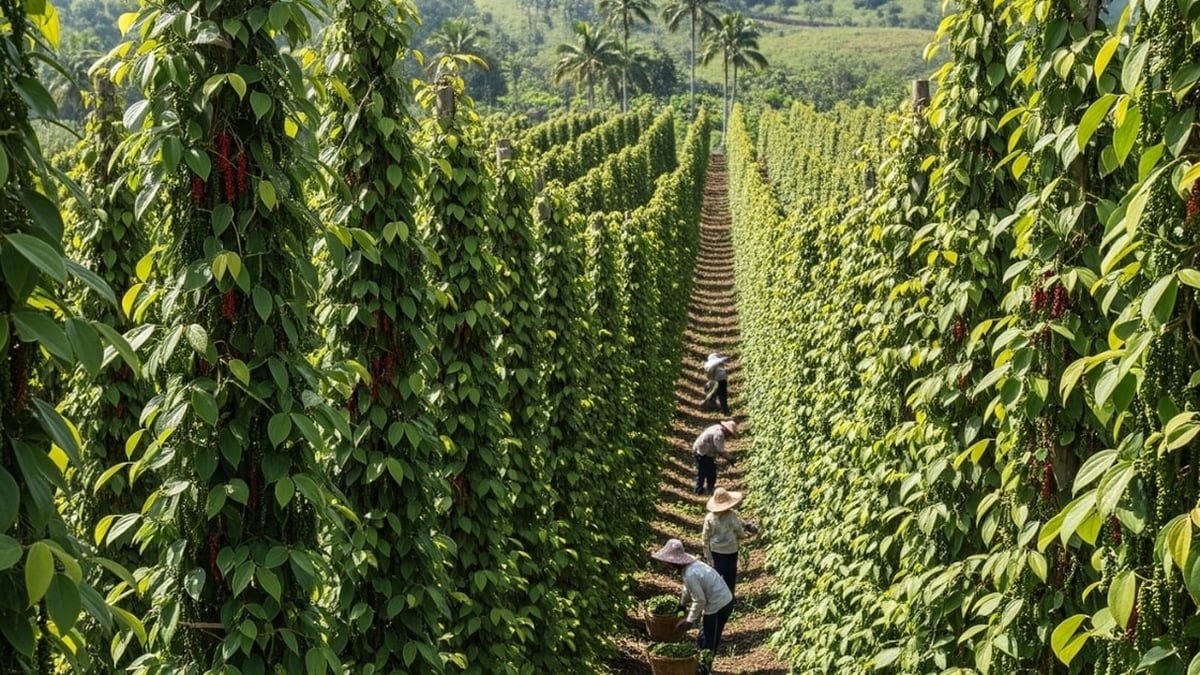
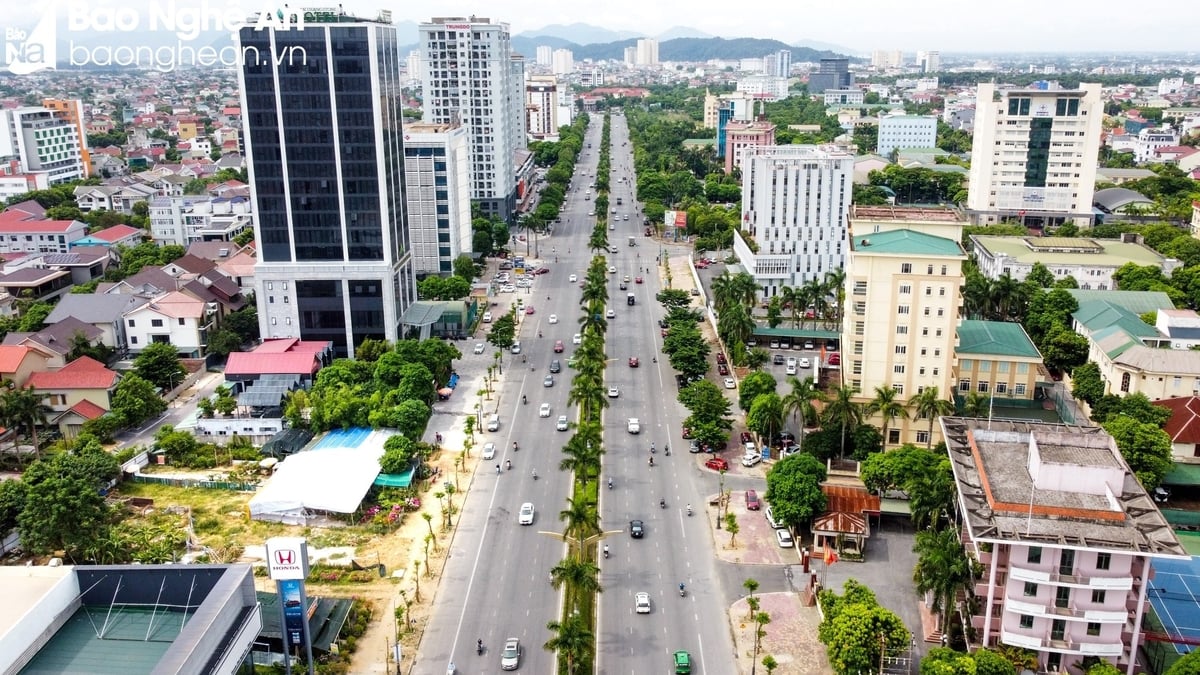

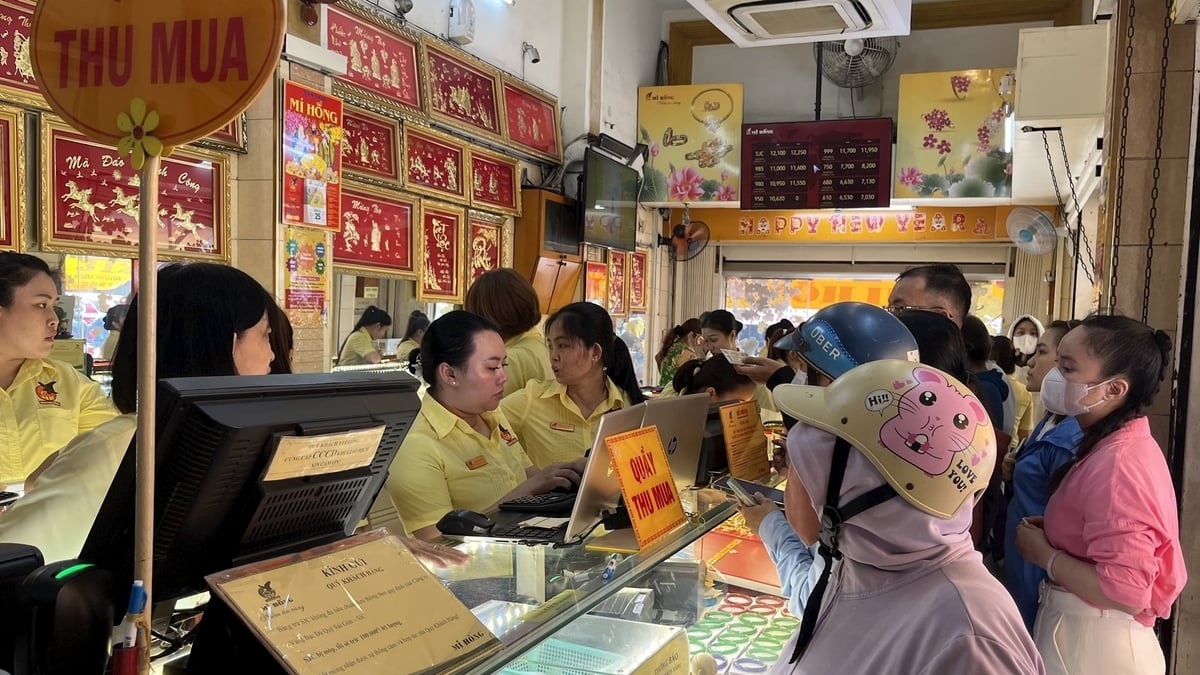
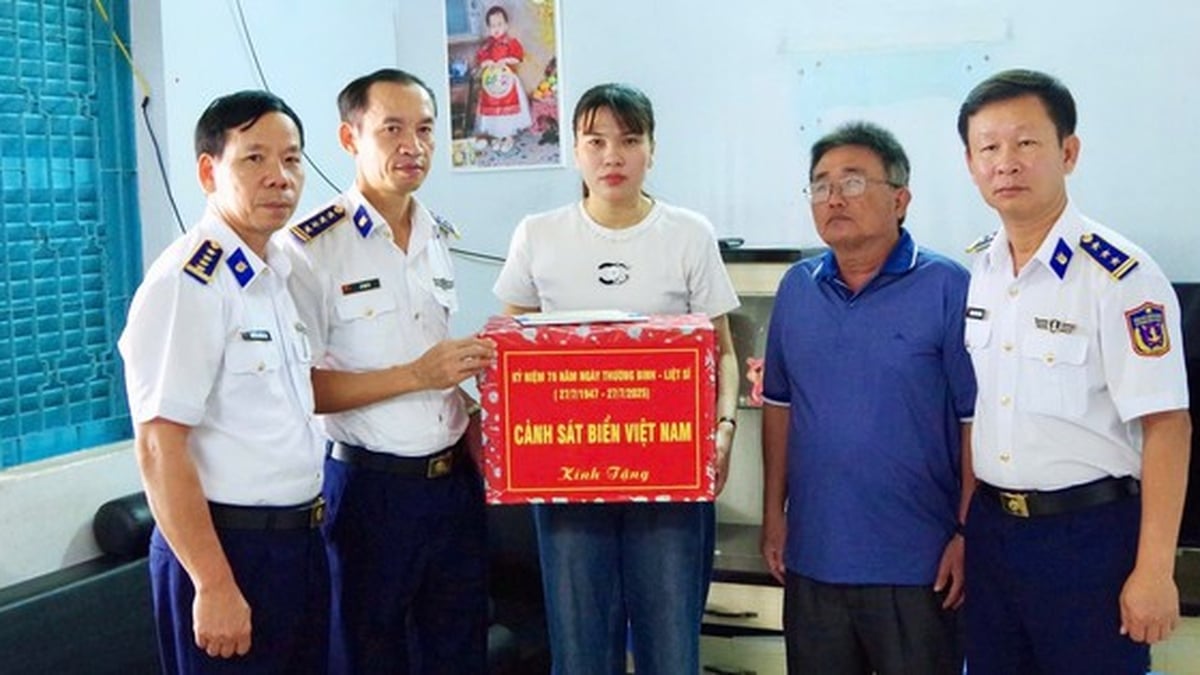
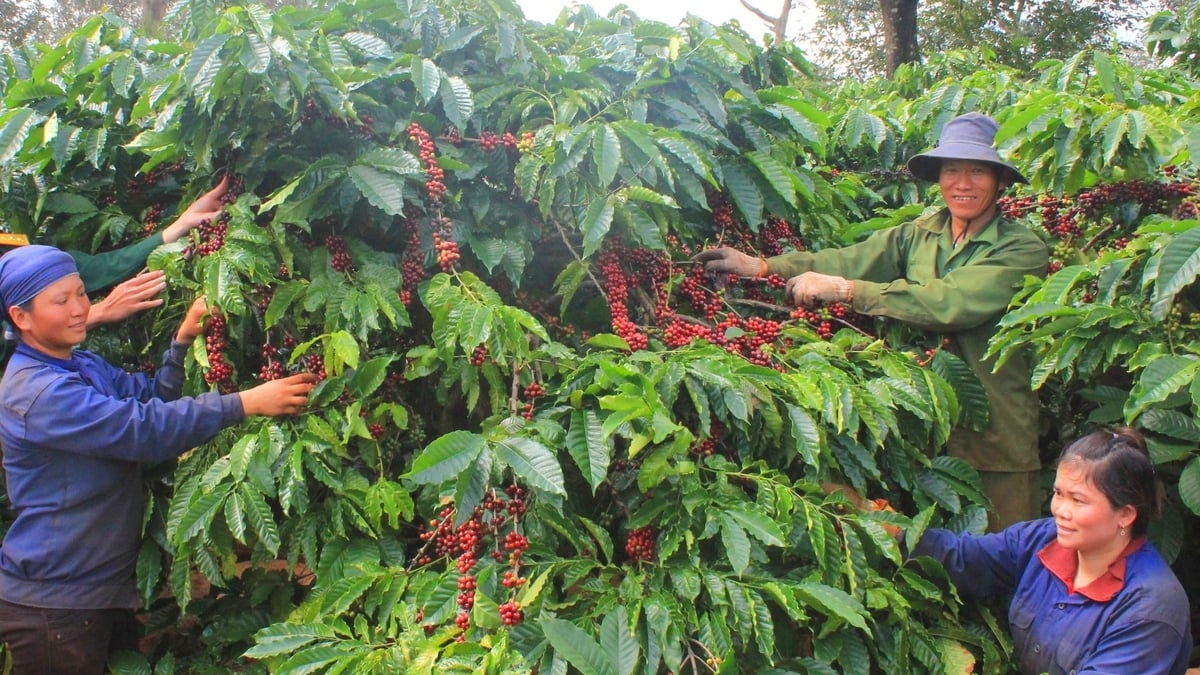
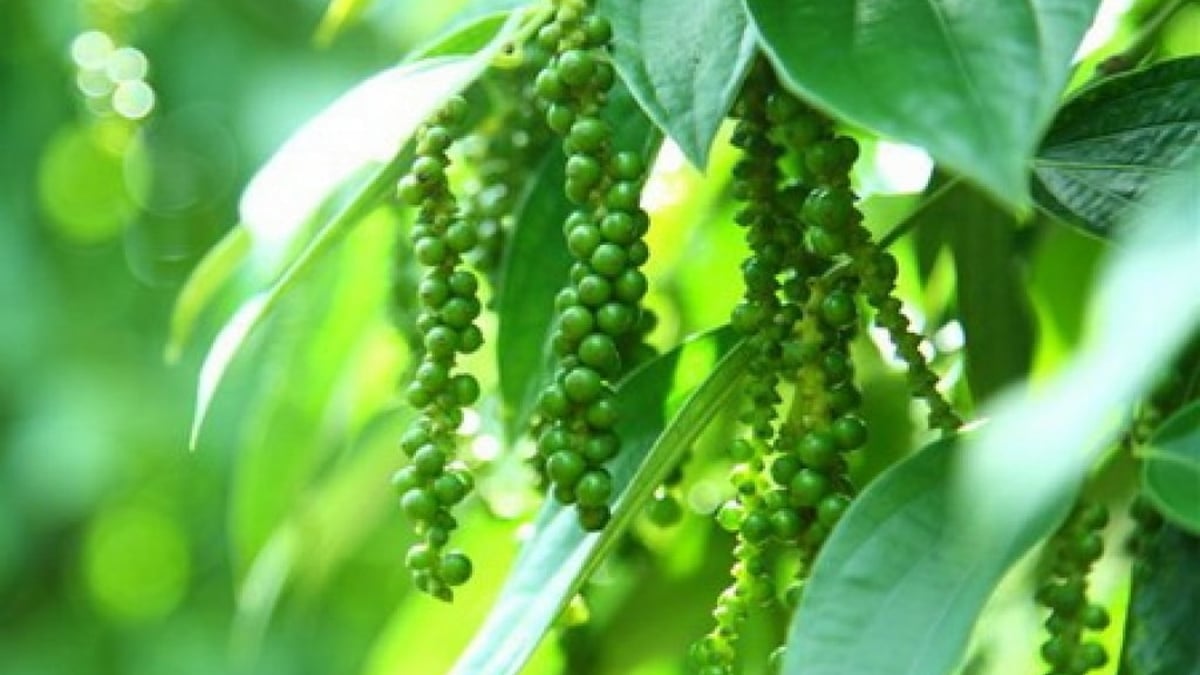


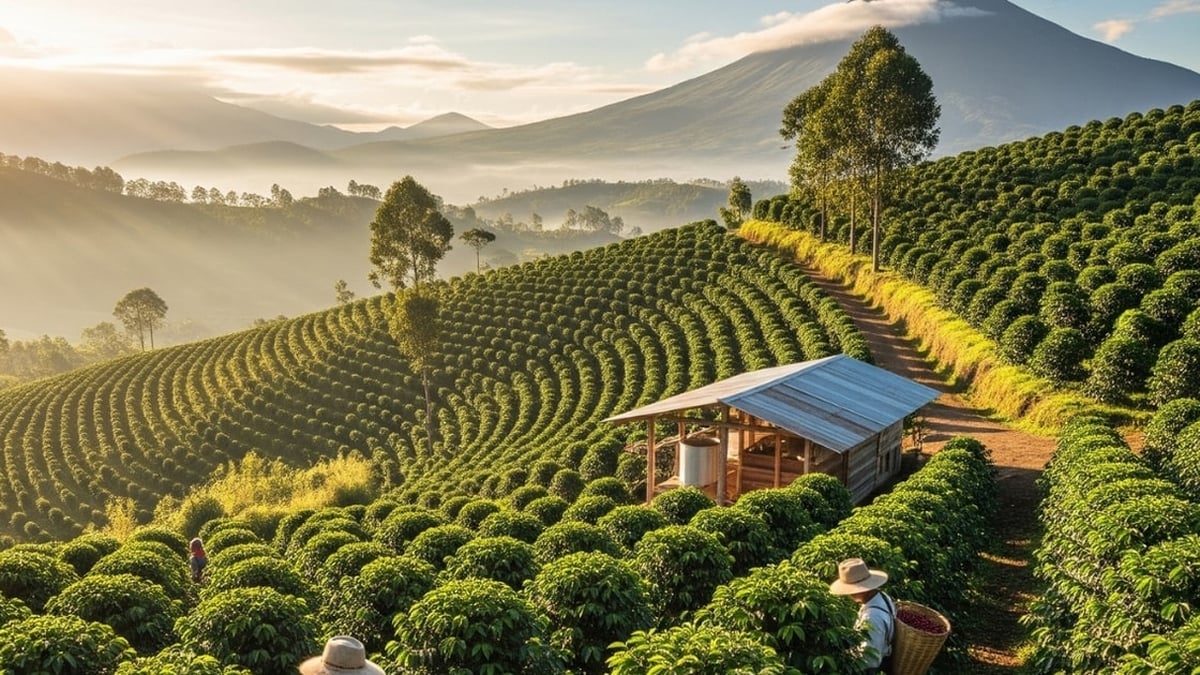


















































































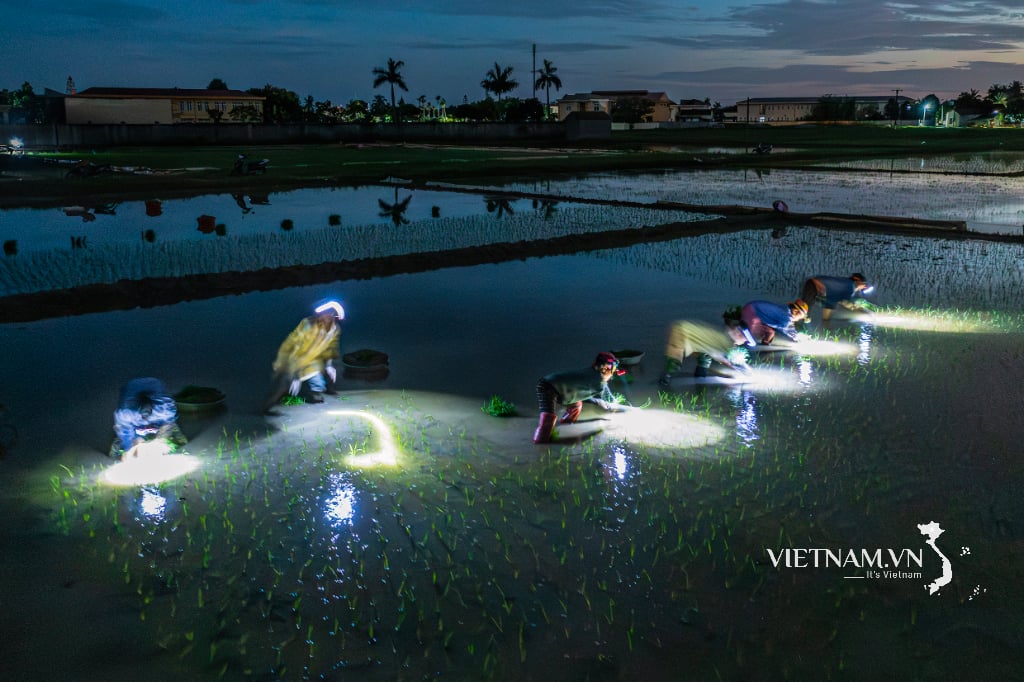


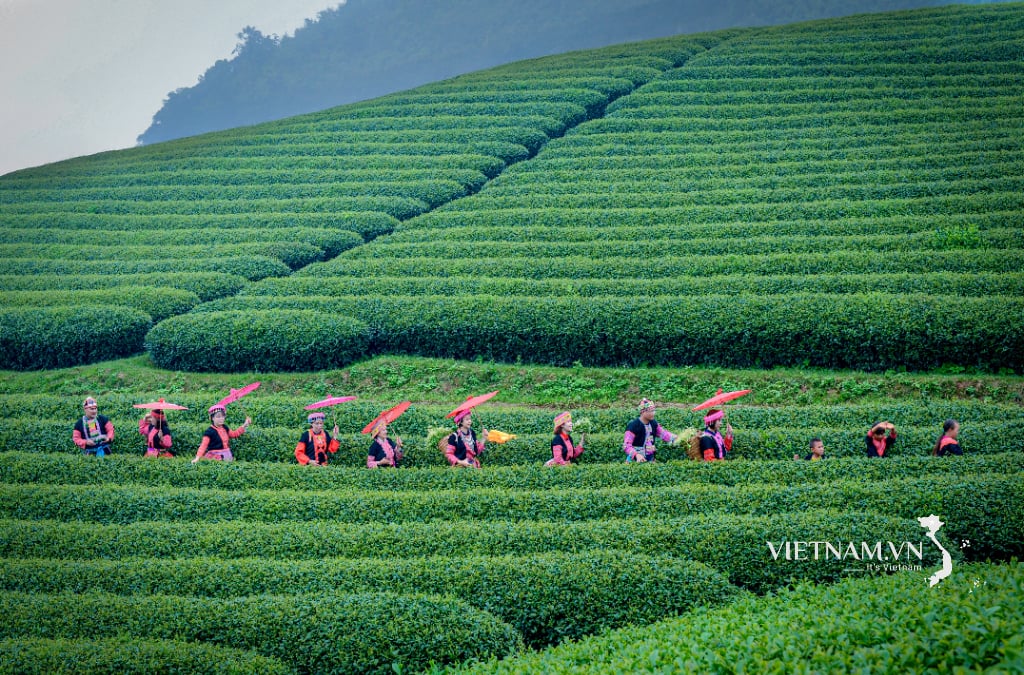
Comment (0)